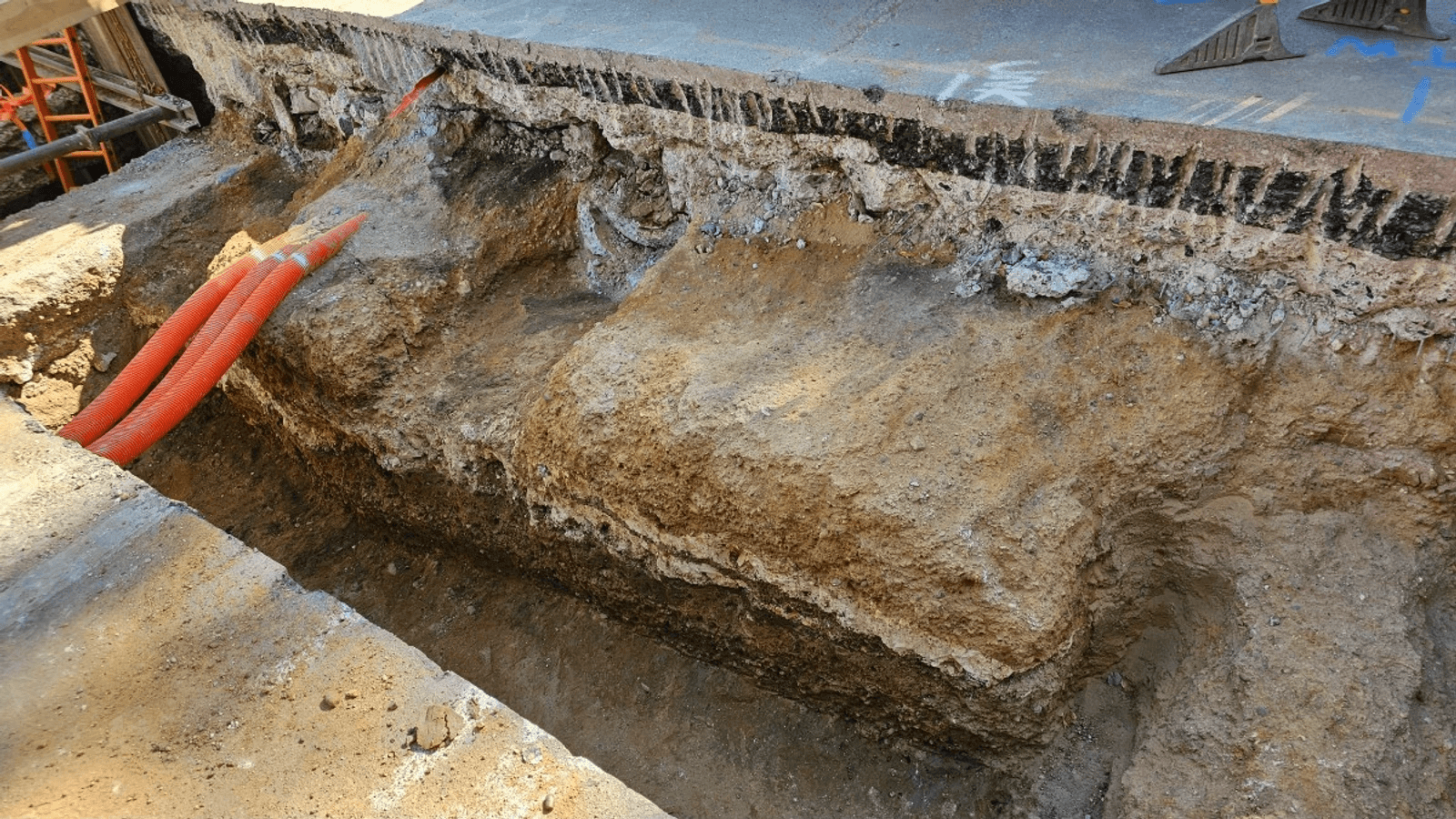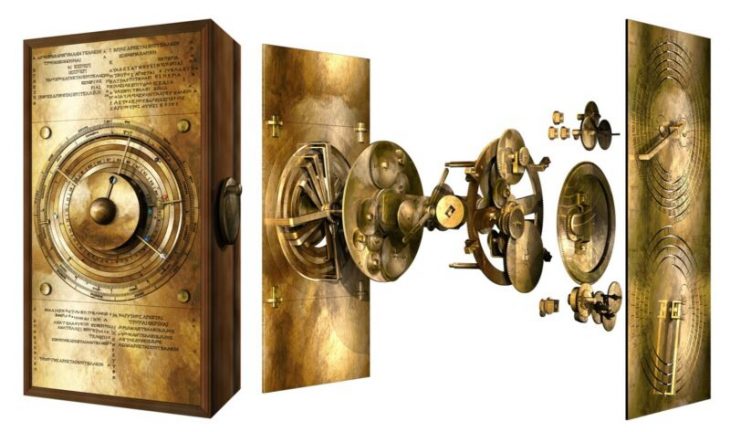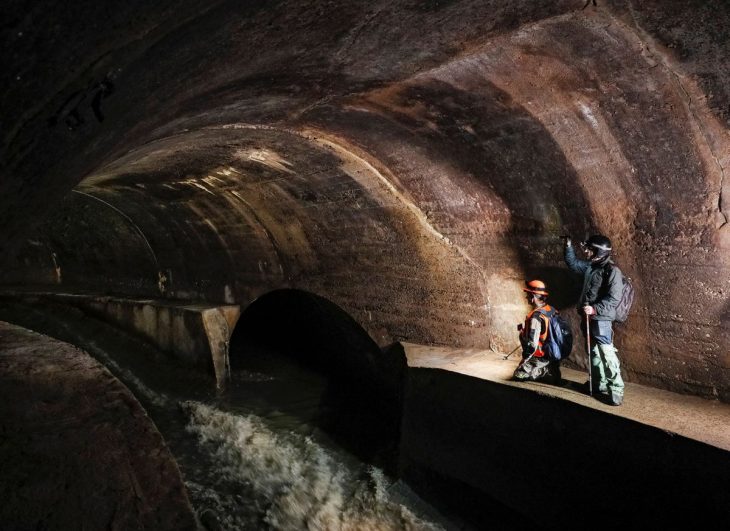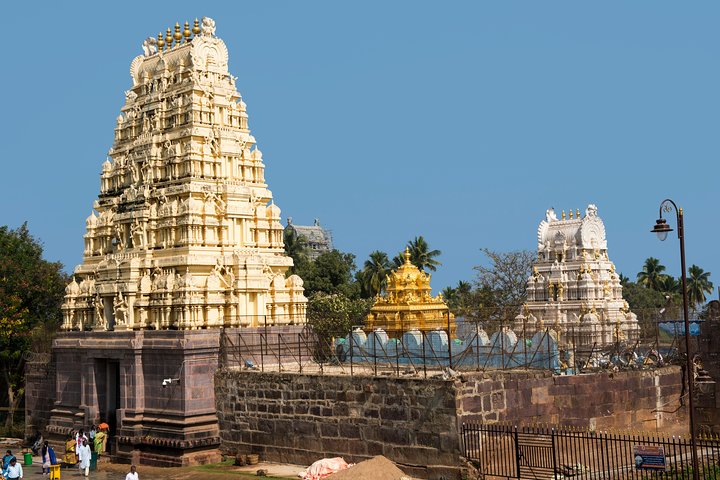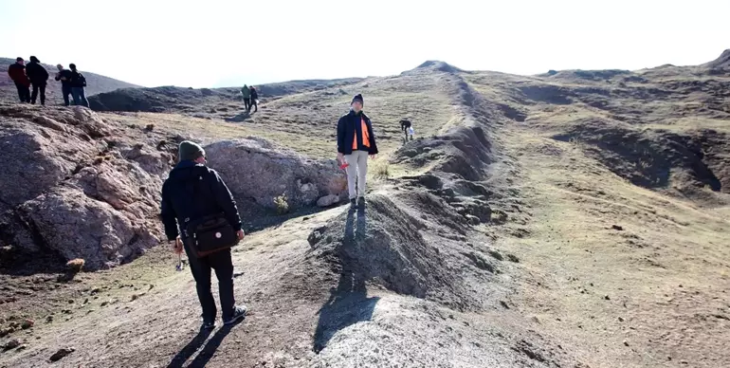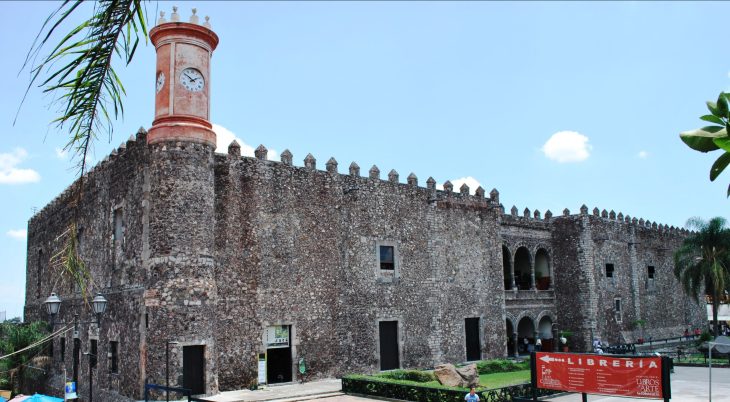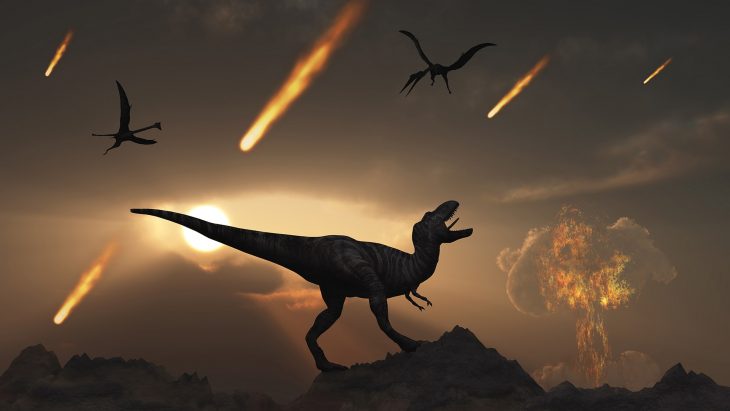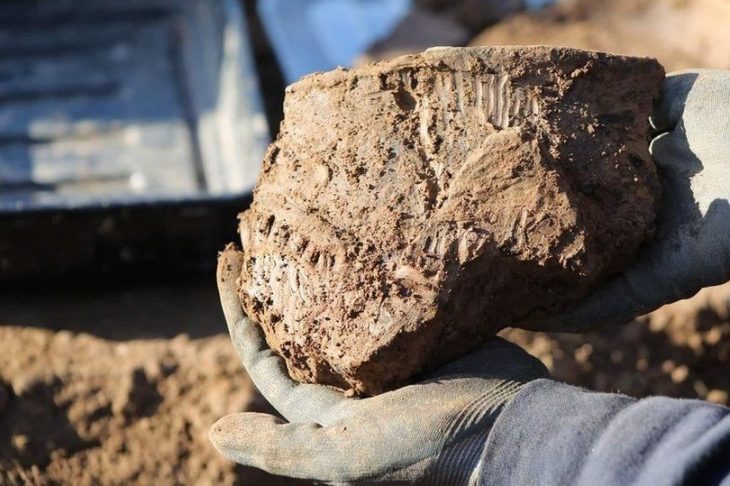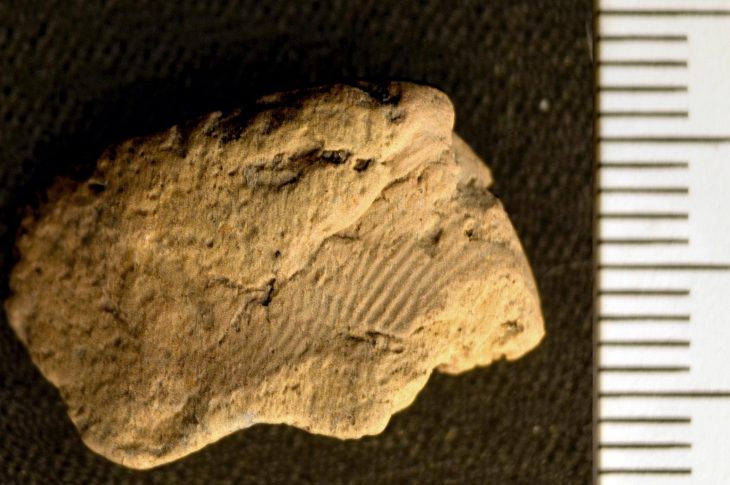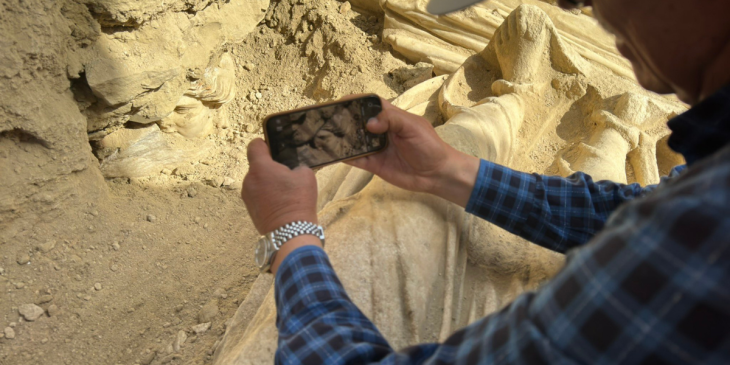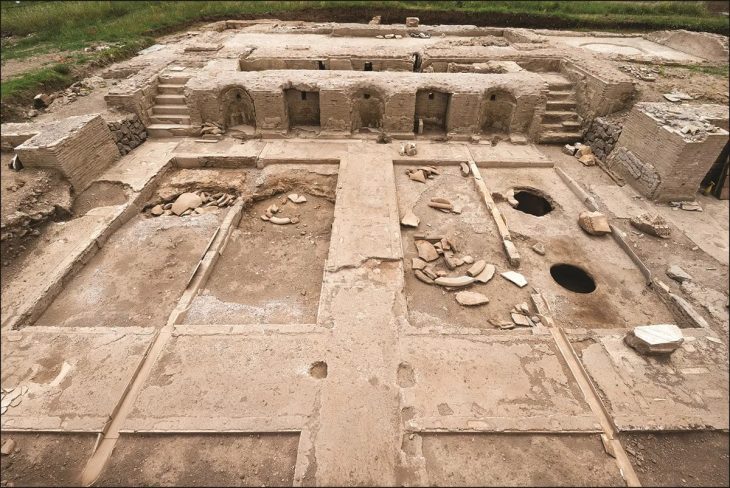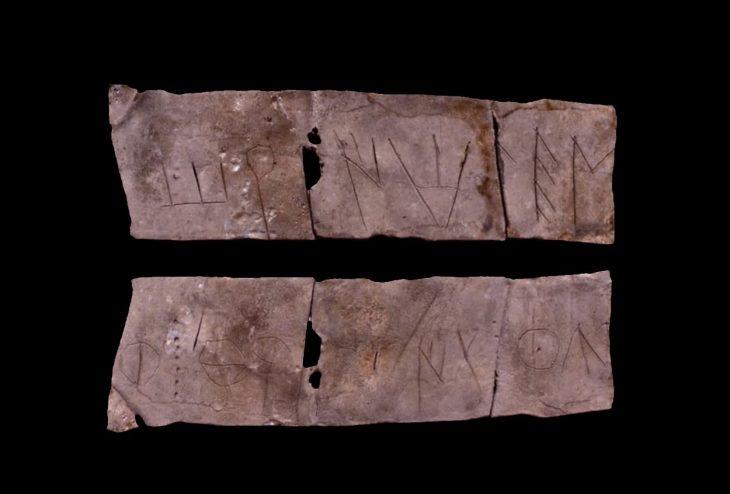Archaeologists have found a section of a Roman road under Old Kent Road in south-east London, part of one of the most important roads built during the Roman period. The 2,000-year-old road, known as Watling Street, was part of a route from the ancient Roman port at Dover through London to the West Midlands.
Considered one of Britain’s most important Roman roads, the accidental discovery was unearthed as a result of excavation work by Southwark Council and utilities company Veolia to install a low-carbon heat network.
Built shortly after the Roman invasion of Britain in 43AD, it proved very difficult for archaeologists to pinpoint evidence of the route it took, despite Roman roads typically being straight.
“In the planning for this project, we’d expected to solve this question but the extent of survival of the road is remarkable. We hope this project will answer some other archaeological questions in the borough,” explained Southwark Council’s in-house archaeology officer, Dr. Chris Constable, to BBC.
The road was discovered by a team of archaeologists from the Museum of London Archaeology (MOLA), with Dr. Constable providing invaluable advice and assistance.
📣 Our WhatsApp channel is now LIVE! Stay up-to-date with the latest news and updates, just click here to follow us on WhatsApp and never miss a thing!!
Southwark Council says the discovery reveals is the first physical proof that sections of it still survive directly beneath its modern counterpart the Old Kent Road.
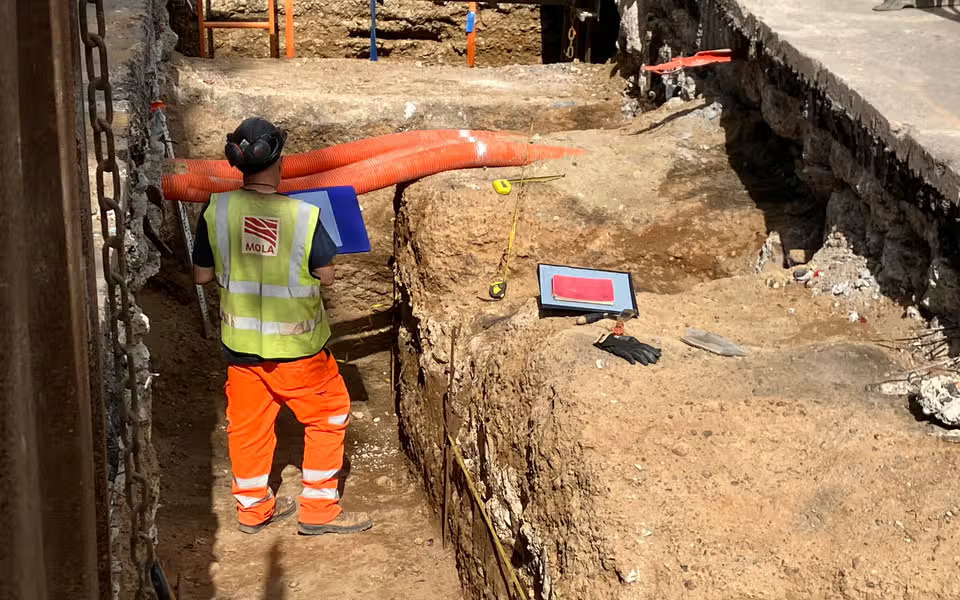
The well-preserved road segment, which is located south of the intersection of Old Kent Road and Ilderton Road, is roughly 19 feet (5.8 meters) wide by nearly 5 feet (1.4 meters) high.
Southwark Council said distinct layers could be seen and showed a solid foundation of compacted gravel sealed by two layers of chalk, before it was topped with another layer of compacted sand and gravel.
The original surface of the road would likely have been made from the same material and sat at a similar level to the modern road, but this has been lost, says Southwark Council. The base of the modern road was built directly on the Roman fabric.
Gillian King, director of archaeology at RPS Consulting Ltd, described the discovery as “a key finding for archaeological research for London”.
“The discovery of an intact section of Roman Wating Street directly under the current Old Kent Road has redrawn the Roman road map for Southwark and informs on Roman construction techniques generally,” she said.
Dave Taylor, MOLA’s project manager, said: “It’s amazing this section of road has survived for almost 2,000 years.”
He added: “There has been so much activity here over the past few hundred years, from sewers to power cables, tramlines and of course the building of the modern road, so we’re really excited to find such a substantial chunk of Roman material remaining.”
The discovery will be marked by a sign on the nearby Old Kent Road bridge. Find out more about the renewal of Old Kent Road at www.oldkentroad.org.uk
Cover Image Credit: Layers of chalk, sand, and gravel can be visible on the road. Southwark Council

